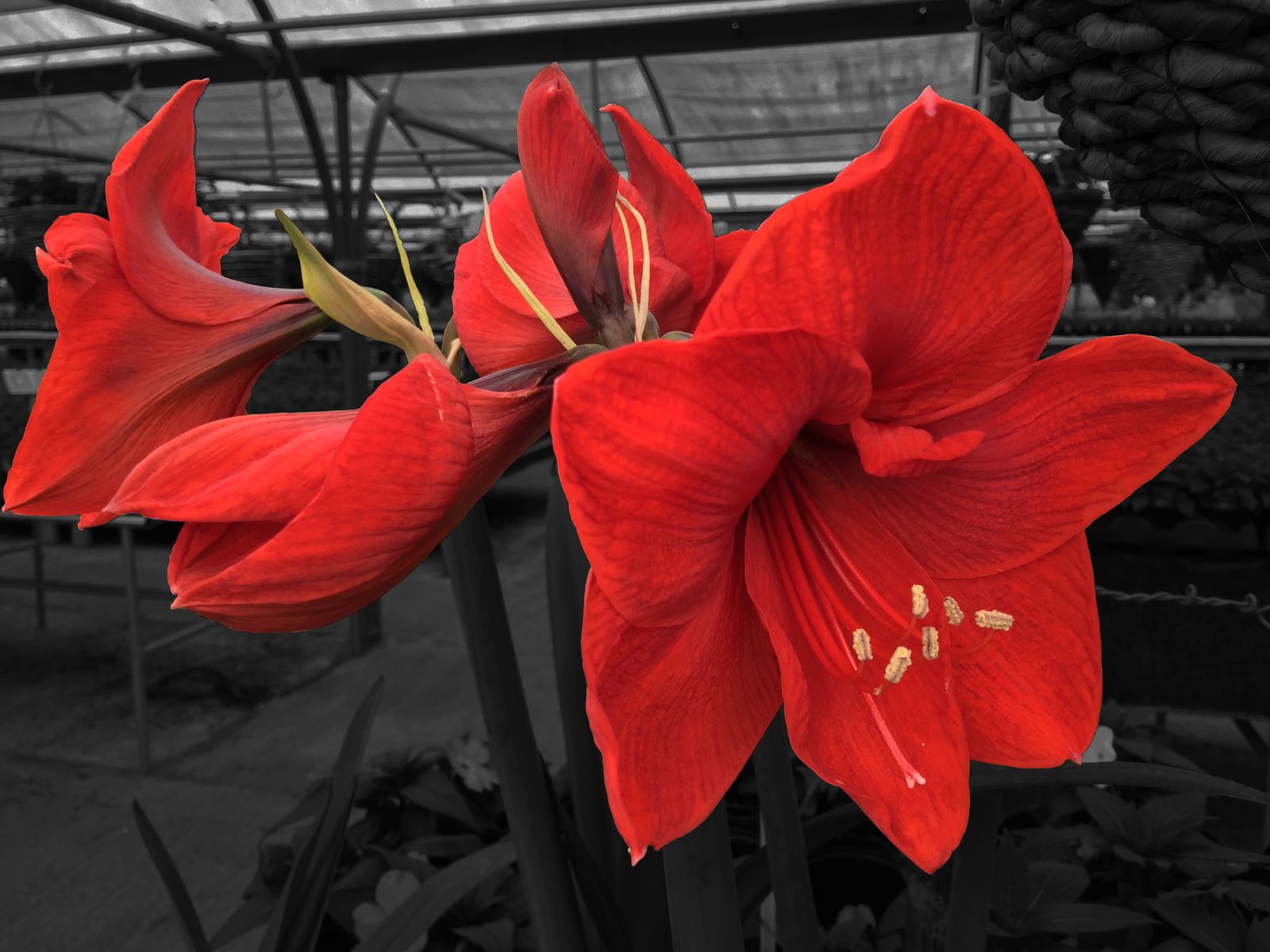
Creating a beautiful shade garden can be a rewarding challenge for UK gardeners. With the right plants and design, you can transform shady areas into lush, vibrant spaces. Here are some tips and plant recommendations to help you create a stunning shade garden.
#1. Understand Your Shade
Before selecting plants, it's important to understand the type of shade in your garden. There are different levels of shade, including:
- Light Shade: Areas that receive filtered sunlight or dappled shade throughout the day.
- Partial Shade: Areas that receive 3-6 hours of direct sunlight, usually in the morning or late afternoon.
- Full Shade: Areas that receive less than 3 hours of direct sunlight and are shaded for most of the day.
#2. Choose the Right Plants
Selecting the right plants is key to creating a successful shade garden. Here are some excellent choices for UK gardens:
- Hostas: Known for their attractive foliage, hostas thrive in partial to full shade and come in a variety of sizes and colours.
- Ferns: Perfect for adding texture, ferns prefer cool, damp conditions and can thrive in both partial and full shade.
- Heucheras: Also known as coral bells, heucheras offer colourful foliage and delicate flowers, and they do well in partial shade.
- Astilbes: These shade-loving perennials produce feathery plumes of flowers in shades of pink, red, and white.
- Foxgloves: Tall and striking, foxgloves prefer partial shade and attract pollinators with their tubular flowers.
- Tiarella: Also known as foamflower, tiarella is a great ground cover plant for shady areas with its delicate, star-shaped flowers.
#3. Improve Soil Quality
Shade gardens often have poor soil quality due to the lack of sunlight. Improve the soil by adding organic matter such as compost or well-rotted manure. This will help to retain moisture and provide essential nutrients for your plants.
#4. Use Mulch
Mulching is especially important in shade gardens to help retain moisture and suppress weeds. Apply a layer of organic mulch, such as bark chips or leaf mould, around your plants. Be sure to leave a gap around the base of the plants to prevent rot.
#5. Create Layers
Create visual interest in your shade garden by planting in layers. Use taller plants at the back or centre of the garden bed, medium-sized plants in the middle, and low-growing ground covers at the front. This will add depth and texture to your garden.
#6. Add Focal Points
Incorporate focal points such as garden ornaments, benches, or water features to draw the eye and create a sense of structure. These elements can add interest and provide a focal point in areas where flowering plants may be less abundant.
#7. Provide Adequate Watering
Shady areas can sometimes retain moisture, but it's important to ensure your plants receive adequate watering, especially during dry spells. Water your shade garden deeply and consistently, aiming to keep the soil evenly moist.
#8. Prune and Maintain
Regular maintenance is key to keeping your shade garden looking its best. Prune dead or damaged foliage, remove spent flowers, and keep an eye out for pests and diseases. Regularly tidy up the garden to maintain its appearance and health.
By following these tips and selecting the right plants, you can create a beautiful and thriving shade garden in the UK. Happy gardening!
#Suggested Image
Filename: beautiful-shade-garden.jpg
This image should depict a lush and vibrant shade garden with a variety of shade-loving plants.